Slender is a found footage horror film directed by Joel Petrie and written by Raymun Delmar and Joel Petrie that is based on the Internet-born Slender Man mythos. In this iteration of the ever-evolving Internet phenomenon, two filmmakers create a documentary about a woman who claims to be a victim of what she describes as the Slender Man. Little do the two unsuspecting filmmakers realize that they will soon become unwitting victims of the very subject matter of their documentary.
Slender opens with a variation of the increasingly common on-screen message, which in this case reads “Pieces of the following were retrieved from Jefferson Elementary School the morning of Nov. 12, 2014. The rest was collected from surviving family members and friends.”
The film transitions to camera phone footage captured by filmmaker Dan (Dan Schovaers) of an emotionally disturbed woman on a train ranting about someone or something that abducted her two children some five years earlier. The woman, named Mili (Mili Parks), adds that the supposed abductor “will take everybody’s children [and] has tentacles or tree limbs for arms.”
Dan shows the footage to his fellow filmmaker Joel (Joel Petrie), as the two friends are looking for a subject to film for a documentary and decide to use Mili’s story. Their reasoning for choosing Mili is that at best a documentary covering her story may shed light on the whereabouts of Mili’s missing children, and at the very least her fantastic claims surrounding her children’s disappearance will add priceless entertainment value to the film.
Next, Slender presents a raw cut of the documentary filmed by the two intrepid filmmakers, aptly titled “Outrunning Shadows.” The documentary starts off with actual evidence surrounding the disappearance of Mili’s two young children, which includes interviews with law enforcement and eyewitnesses involved in the original case. As the documentary unfolds, Mili recants the supernatural aspects of her story, putting the production in jeopardy. In response to the filmmakers’ dire scenario, Joel decides to add a twist to the documentary, staging a filmed-prank on Mili that forces her to face the demons she’s been tormented with for the past five years. The situation takes a turn for the worse for the two filmmakers when the would-be pranksters become the target of something far more sinister than they could possibly imagine.
Cinematography
The cinematography employed in Slender consists of a combination of high resolution widescreen video and lower resolution landscape (4:3 aspect ratio) and portrait oriented footage. The lower resolution footage is captured from cell phone cameras, a police car dash camera, and recorded video chat sessions. Additionally, night vision footage is captured from fixed video surveillance cameras.
Interestingly, as an artistic expression used for the documentary, the lower resolution footage is framed center-screen with blurred video filling in the surrounding “white space” – while this approach is technically correct for found footage, some viewers may find the blurred background motion distracting.
The video chat sessions are effectively displayed in a very low resolution and are appropriately pixelated as would be expected from Internet video streaming. Slender also uses the video chat sessions as an opportunity to display a historical walk through of the Slender Man folklore using photographic evidence – a faux history created for this film to be sure.
A large component of the Slender Man lore is that video captured by someone stalked by Slender Man is often corrupted with video and audio artifacts. In Slender, shortly after encountering Mili for the first time, all of the video subsequently captured is laced with intermittent video and audio artifacts consistent with the treatment observed in other Slender Man films such as Marble Hornets (2009) and Always Watching: A Marble Hornets Story (2015).
Generally speaking the camerawork comes across as realistic and can pass for video stitched together from multiple sources. One inconsistency of note is that Joel and Ryan are filmmakers making a documentary – and this fact begs the question as to why Joel consistently films everything on his cell phone in portrait mode, knowing full well that his video will be incorporated into the documentary. An experienced filmmaker would invariably capture video in landscape mode to seamlessly blend the video with the universally standard 16:1 widescreen aspect ratio format. Some viewers may find the portrait mode video difficult to watch due to the limited field of view and especially with the blurry background video in constant motion.
Some additional noteworthy techniques used in the film are the blurring of some people’s faces for privacy and the blurring of commercial brands. An early scene that takes place in a bar has the two main protagonists testing the audio equipment purchased for the filming of the documentary – the changes in audio quality as the two filmmakers hook-up and calibrate the equipment play well into the scene. The later part of film takes place some six months after the earlier scenes, and one of the characters goes so far as to dye her hair from brunette to blonde during this time gap, which something that could conceivably happen after a long passage of time. These small touches lend authenticity to the film.
One scene that does not fare well is of a police officer existing his patrol car to investigate a crime scene. The audio captured when the officer talks outside the patrol car remains clear and crisp, indicating that he is wearing a microphone, a technique that would not be used in practice.
Found Footage Purity
With the exception of background music included towards the end of the film (discussed below) and some other small nuances, the found footage purity of Slender is generally good. The climactic ending of the film contains escalating background music, presumably added to raise tension. Since the existence of the “final cut” of the documentary remains in question, viewers are compelled to ask the question as to how (and why) background music made its way into the end of the film.
Filming Reason
The filming reasons employed throughout Slender are plausible. Joel and Dan are intent on filming a documentary and from the context of the film, viewers can appropriately conclude that the two filmmakers are filming their brainstorming process preceding the filming of the documentary, and most of the footage captured during the documentary is within the realm of plausibility. Additional police archival footage and surveillance footage comes across as realistic for its intended purpose.
Acting
The acting in Slender is generally convincing. The main actors Dan Schovaers (Dan), Joel Petrie (Joel), Jyllian Petrie (Jullian), and Ryan Templeman (Ryan) are convincing in their respective roles – most of the acting is understated and does not come across as scripted. Dave Nilson does a fine job portraying Detective Barlow, and the other interviewees do a good job portraying their respective professional disciplines as a teaching assistant and psychologist. Mili Parks (Mili) convincingly plays the mentally disturbed and traumatized Mili who lost her children so many years earlier.
Plot and Immersion
While Slender is for the most part a technically correct found footage film, the plot and immersiveness of the film present challenges. The idea of filming a documentary of someone claiming to be stalked by the Slender Man is a solid premise, but the added story line of contriving a prank designed to capitalize on the fear born a mother’s loss of her abducted children is depraved and not something any reasonable person would consider doing, especially given the moral, ethical, and legal consequences – thinking about these overarching concerns while watching the film is likely to detract from the film’s credibility and entertainment value for many viewers.
During several points during the film, characters Dan and Jyllian’s dissent over Joel’s plan to play the decidedly cruel prank on the grieving Mili. On two separate occasions, Dan is clearly at odds with the prank and outright quits the documentary project only to change his mind seconds later for no apparent reason and with little cajoling from Joel. The dismissive attitude highlighted by Joel and Jyllian towards this matter further reduces the plausible deniability of the plot and their characters’ behavior.
A large part of the Slender Man lore established through the many web series and feature films are the fleeting Slender Man sightings that invariably take place when someone is stalked by the infamous entity. Slender fails to deliver any sightings during the film – the only hints of stalking are subtle video and audio artifacts. The issue with this approach is that the video and audio artifacts go completely unnoticed (or at the very least are not acknowledged) by the characters, leaving only the viewers in the know. The lack of knowledge on the part of the characters is disengaging and prevents the natural stress that would slowly escalate over the course of the film.
A key strength of the Slender Man mythos is the idea that characters are aware that they are being stalked by Slender Man and are unable to do anything about it, which is a horrifying thought. It’s not until the climactic ending that the characters are made aware that something is happening, but even then, nothing is presented that directly ties these incidents to Slender Man as the root cause.
While this divergence from the standard approach is forgivable as every Slender Man web series and film has taken liberties on how the lore plays out, the lack of any character knowledge diffuses the build-up of tension, which takes a toll on the plot as well as viewer immersion. To the film’s credit, Slender differentiates itself from other Slender Man films in adding a rule to the canon that the Slender Man only stalks people who choose to believe that the Slender Man is real. This rule implies that denying the Slender Man’s existence is one way for a victim to escape unscathed.
Many found footage films succeed without showing “the monster” on-screen and only hinting that something is lurking in the shadows, but this approach only works if supported by a very compelling and well executed story. In the case of Slender, due to the challenges presented by the plot execution (described above) and the lack of on-screen action to compensate, the film is not nearly as interesting or engaging as other Slender Man web series and films that are already available to the public.

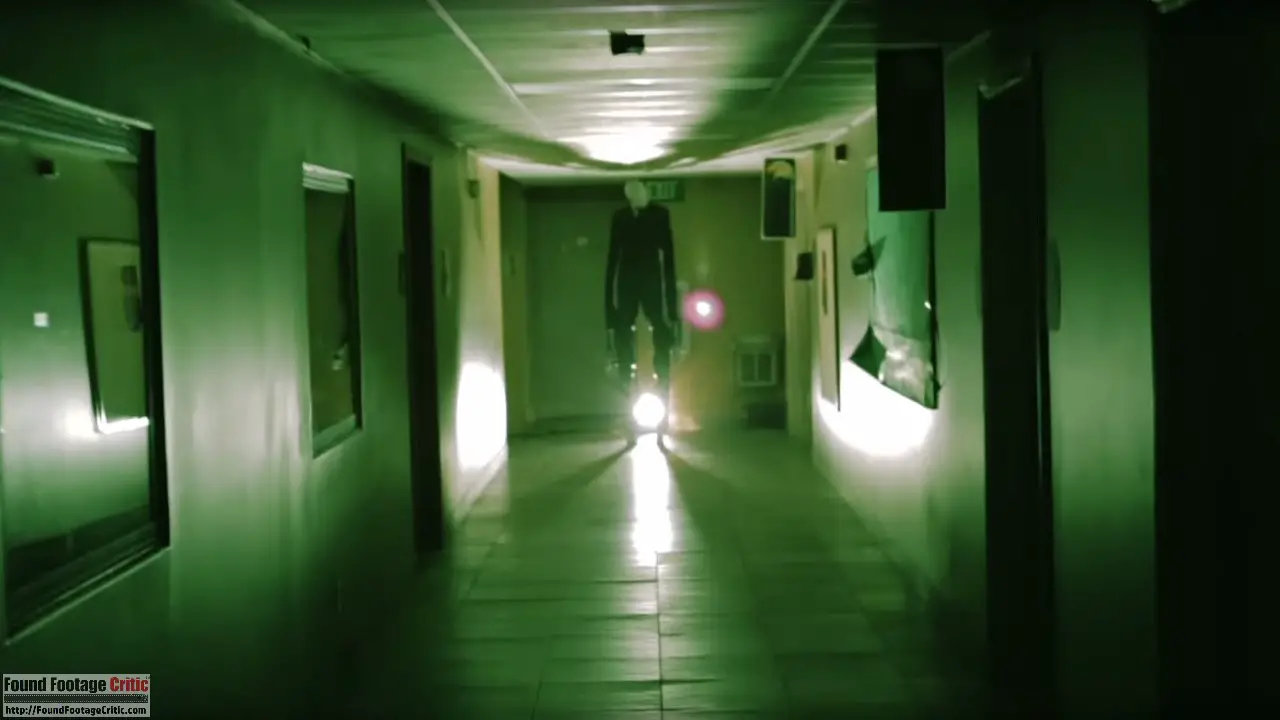

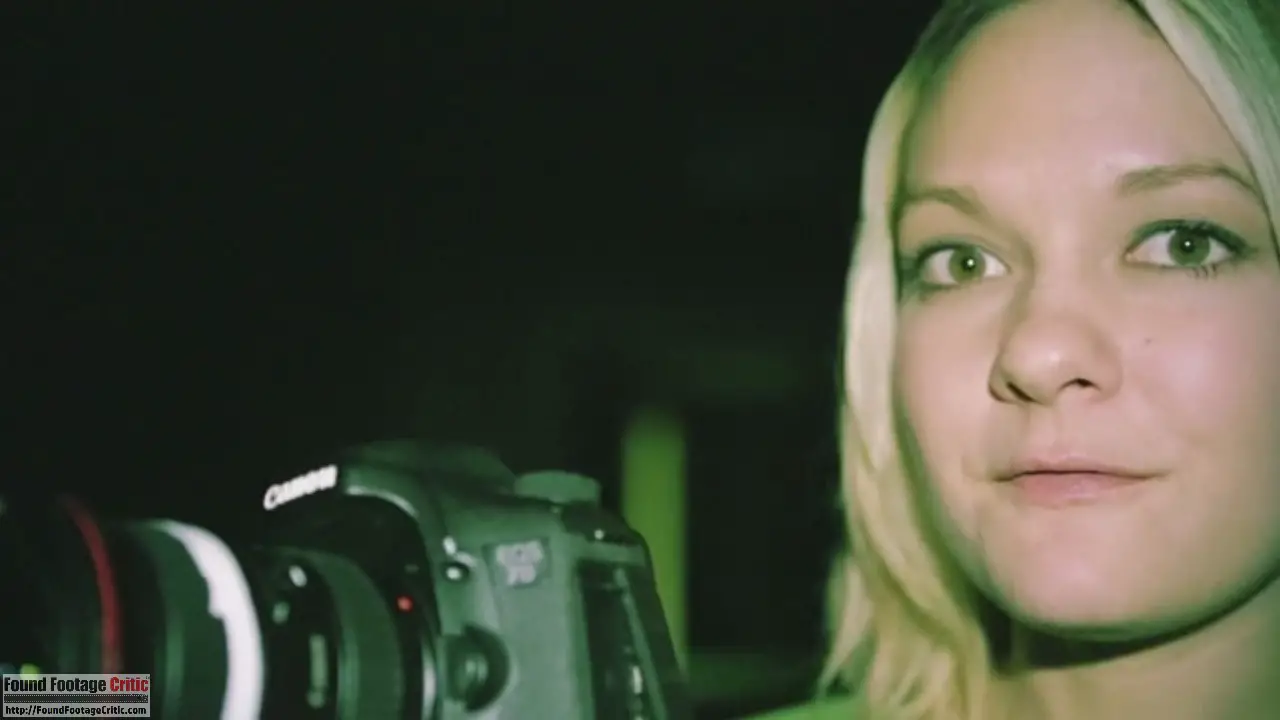
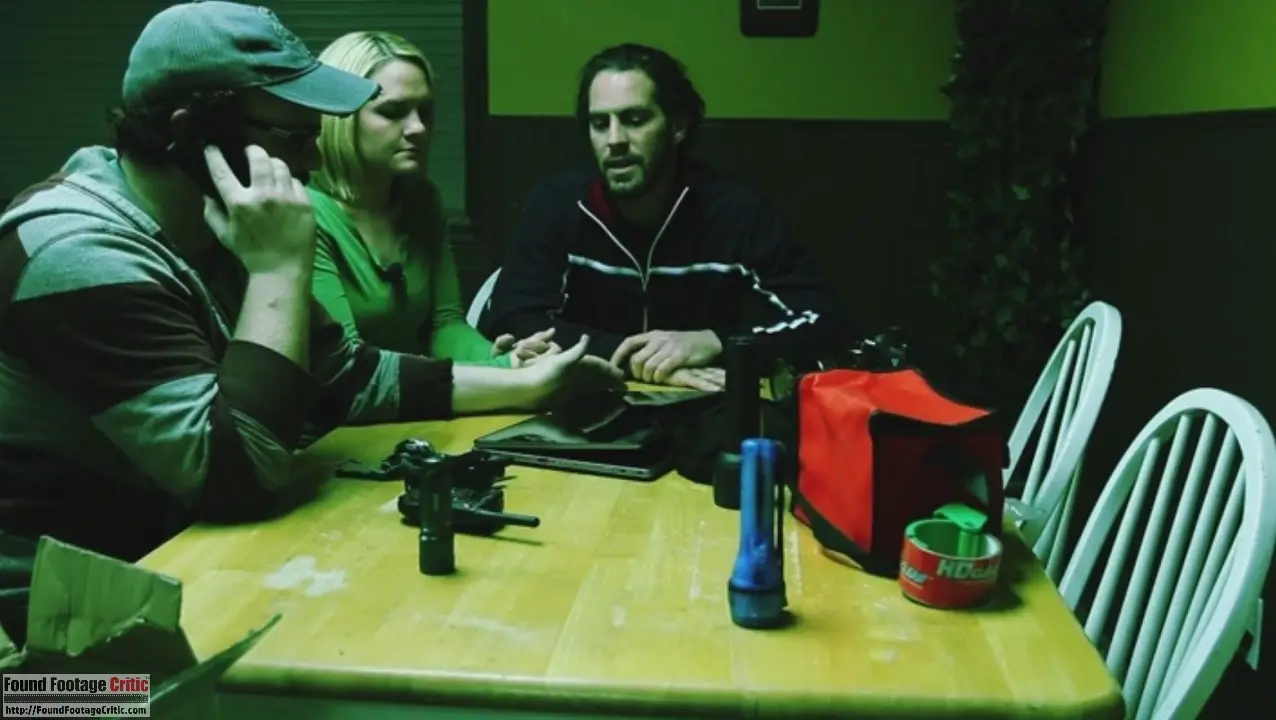
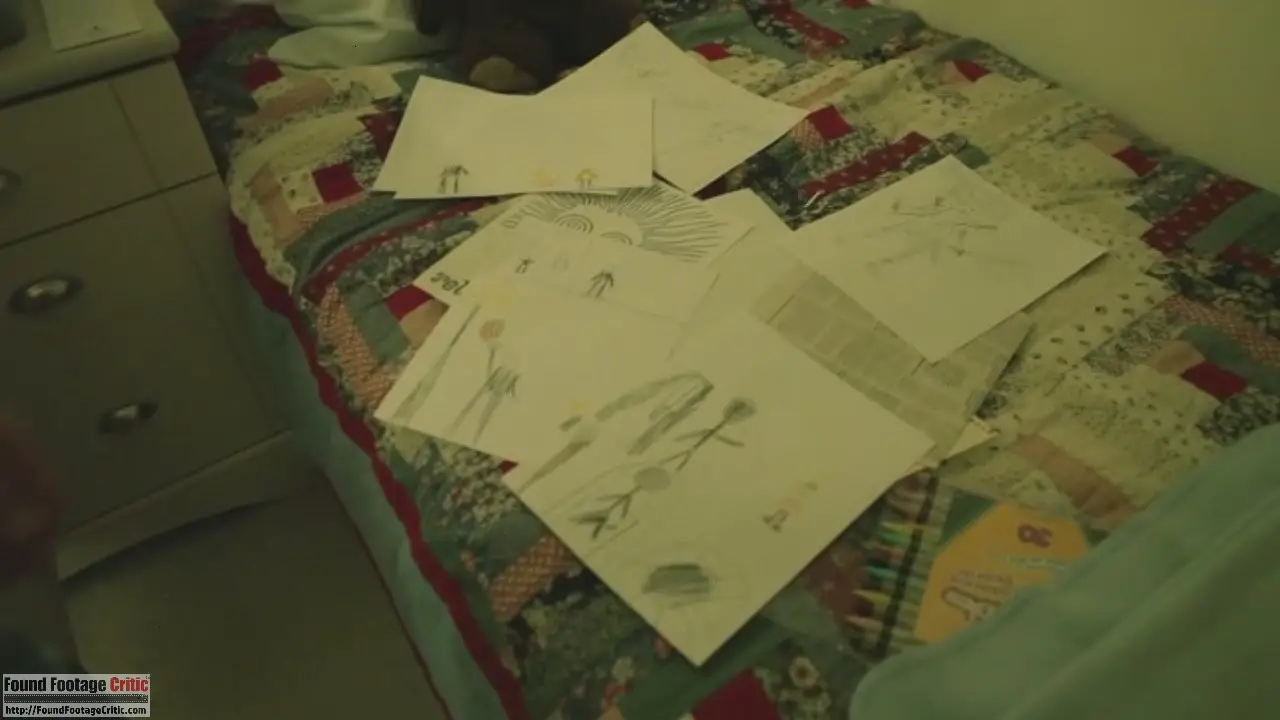
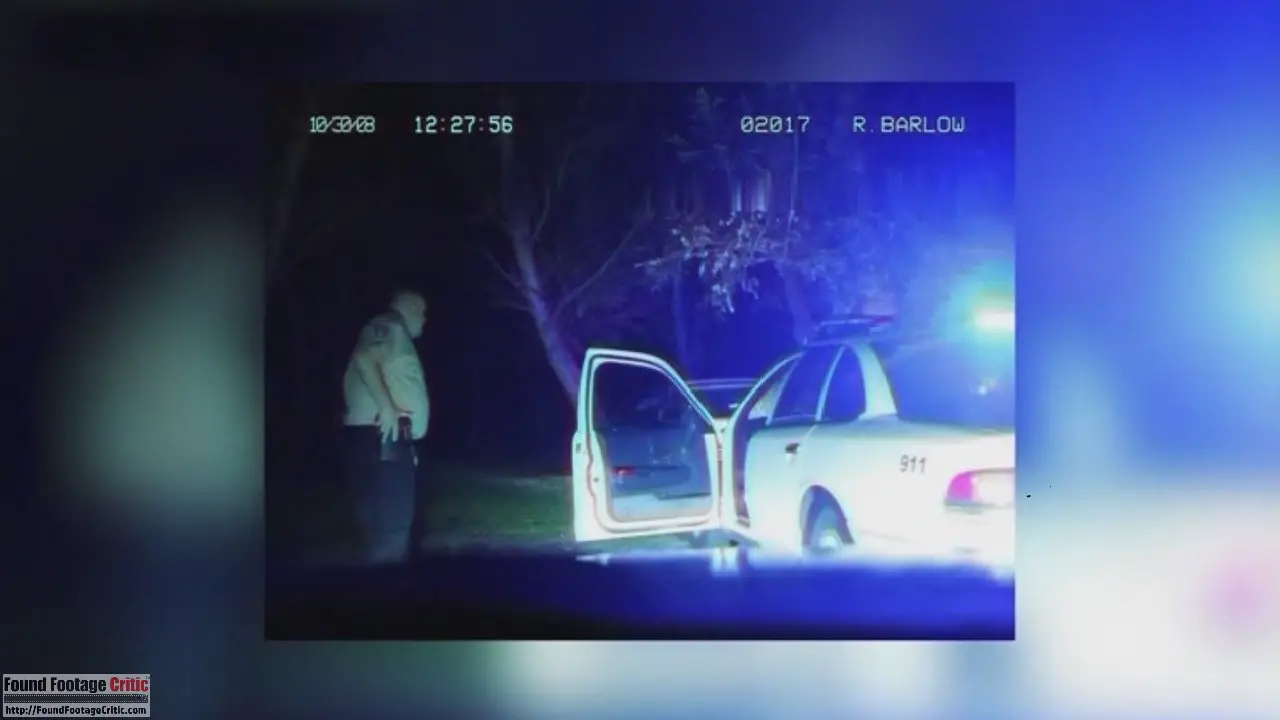
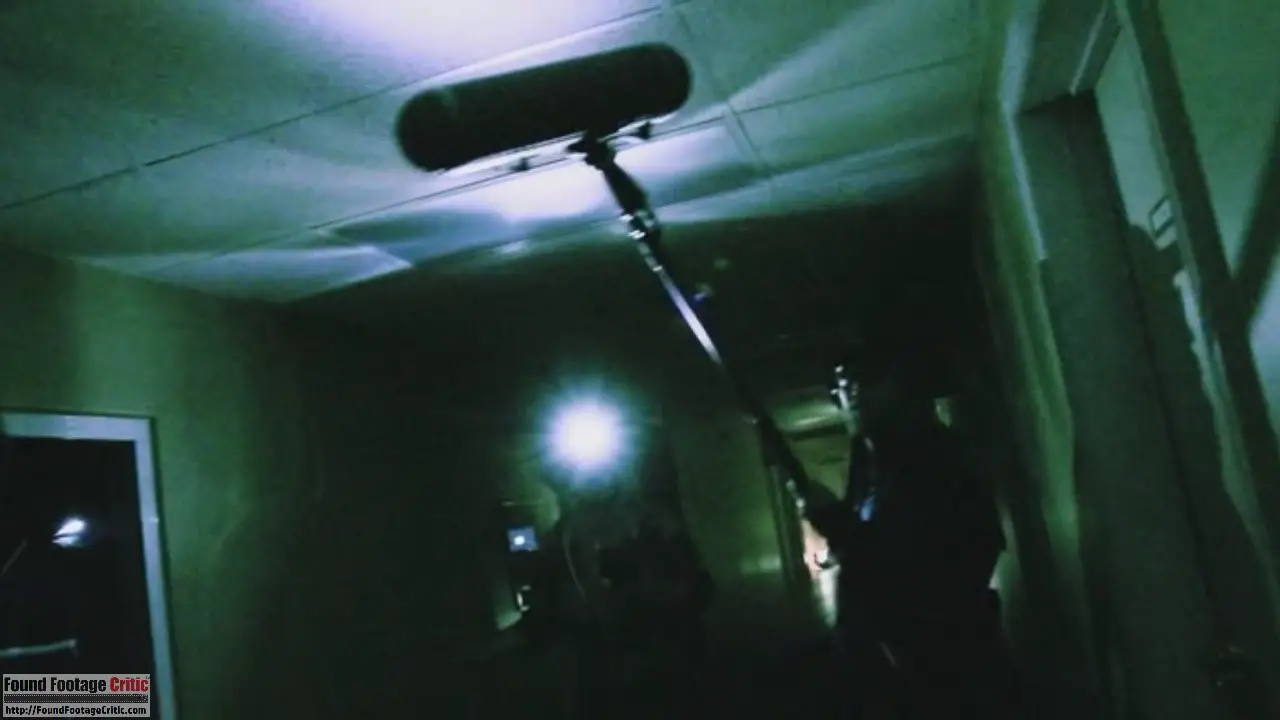
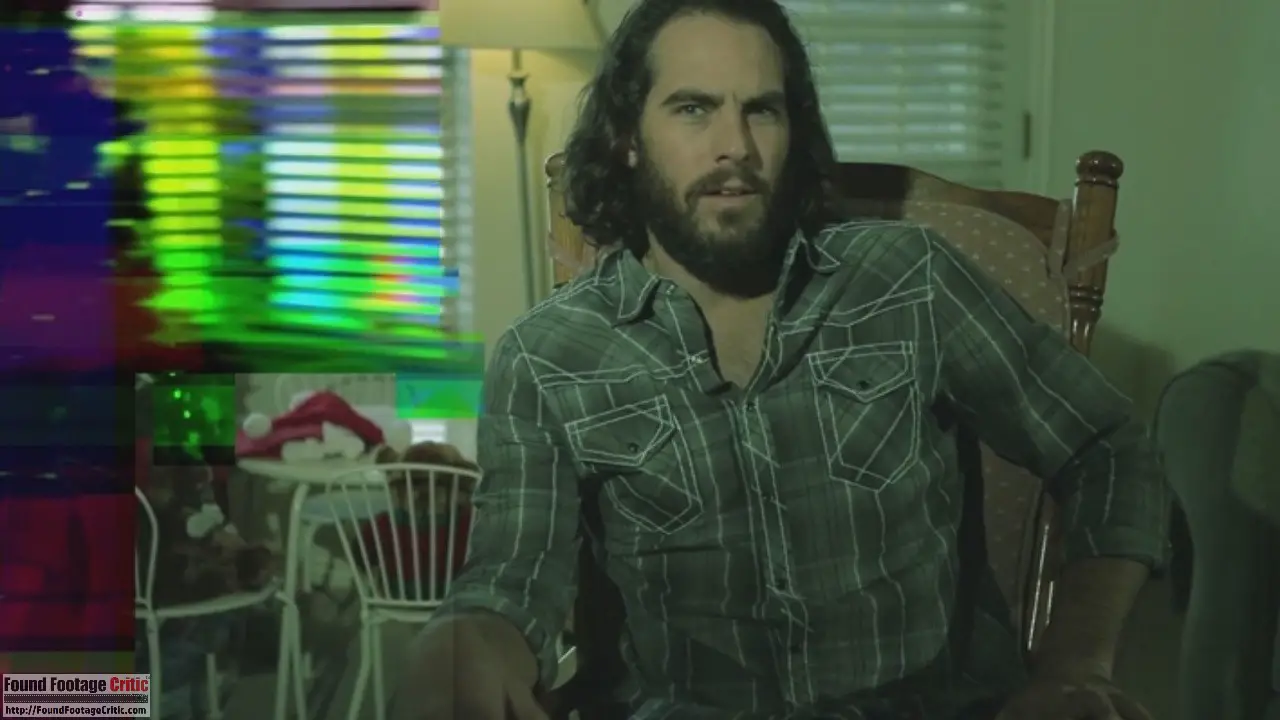
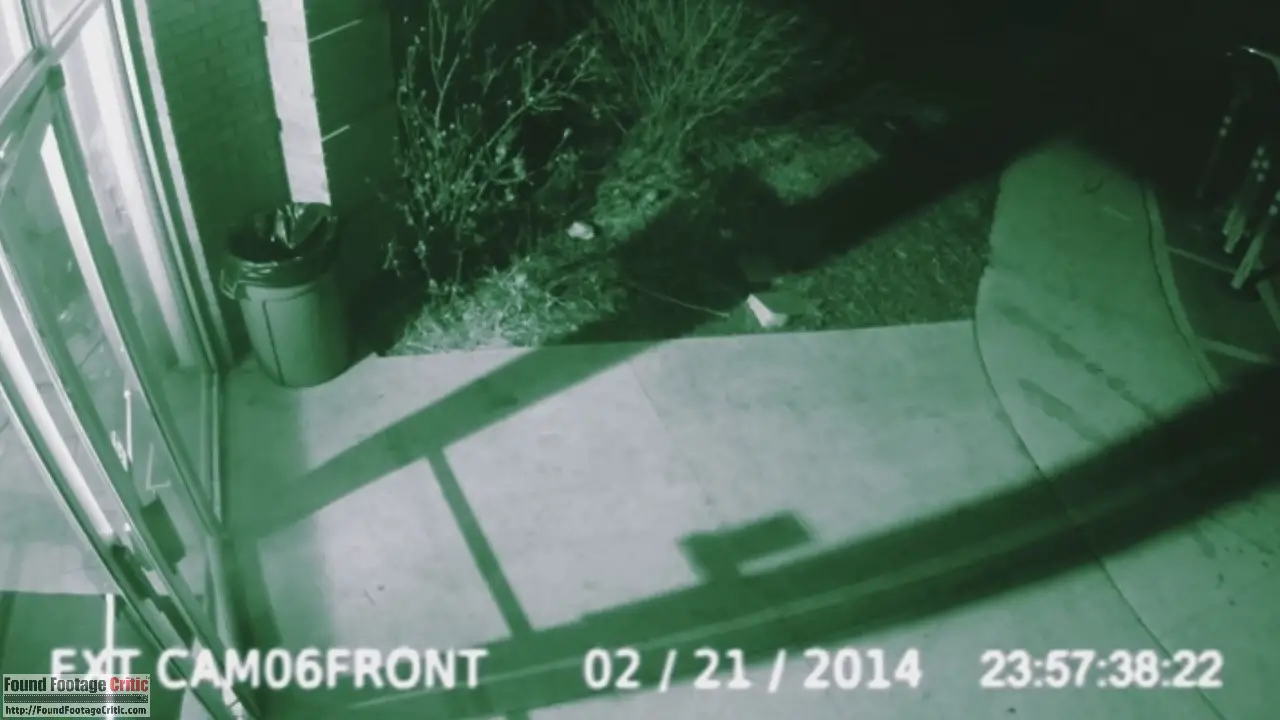
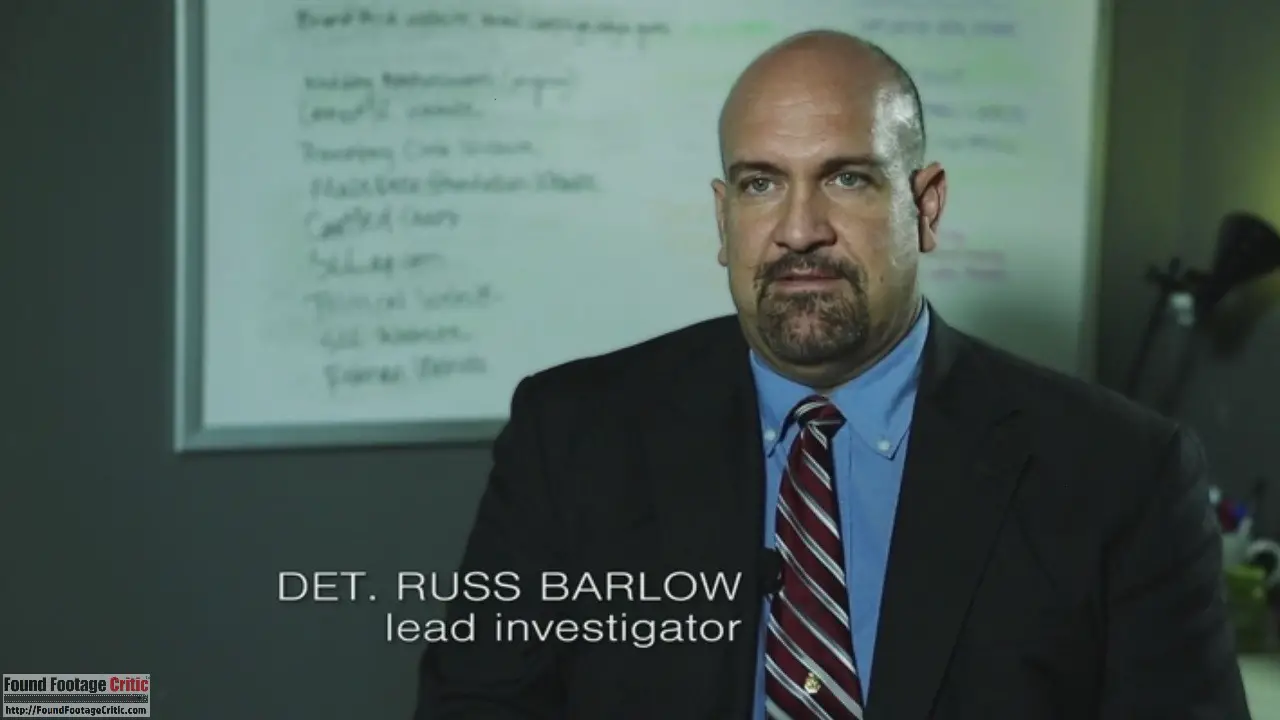

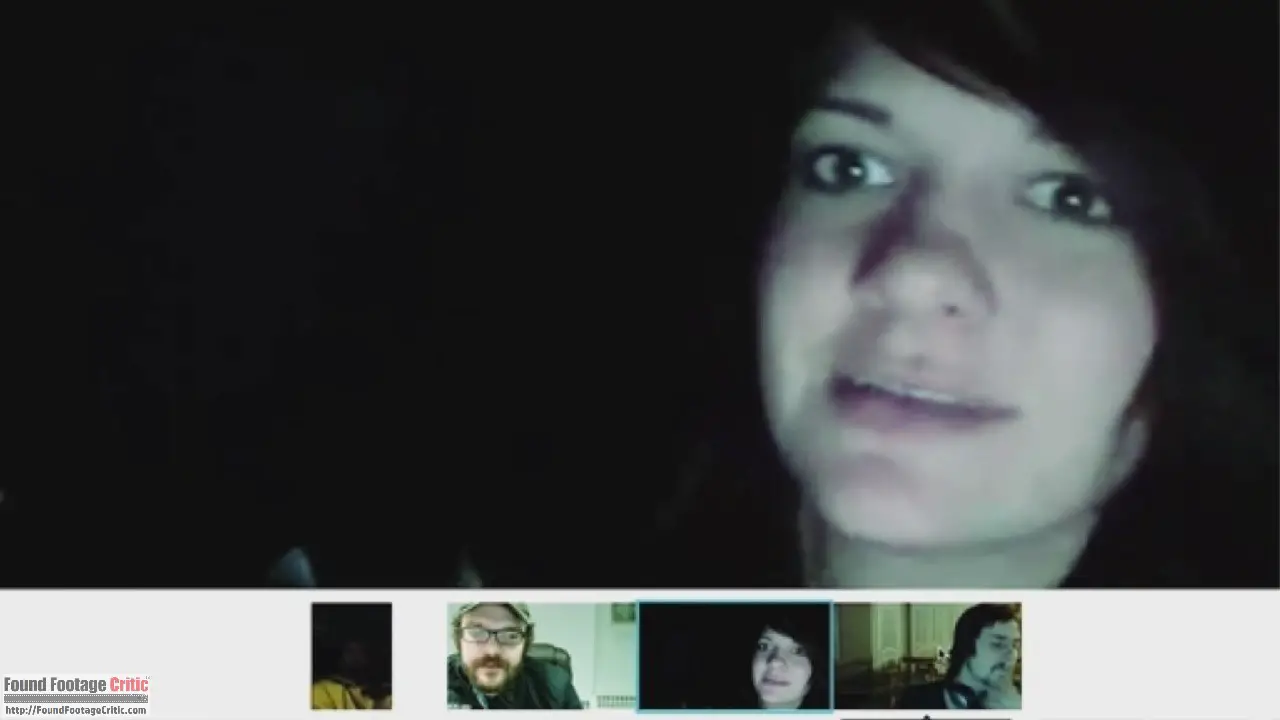

2 Comments
Sorry film makers. I cant recommend this very weak Slenderman film. The review was right on,but alas even the you tube Slendermans are better than this one. Making a Slenderman movie,with no tension,no build up,and NO SLENDERMAN ????? Found footage fans …my advice is this..watch it,but don’t pay for it.
Thanks again for your feedback! The YT series certainly set the standard. It will take a very strong film to go toe-to-toe with Marble Hornets or TribeTwelve.